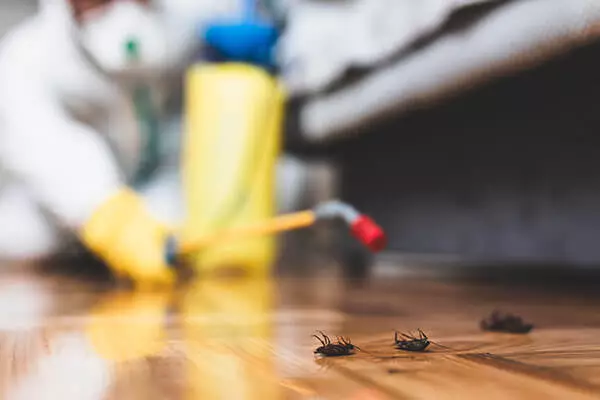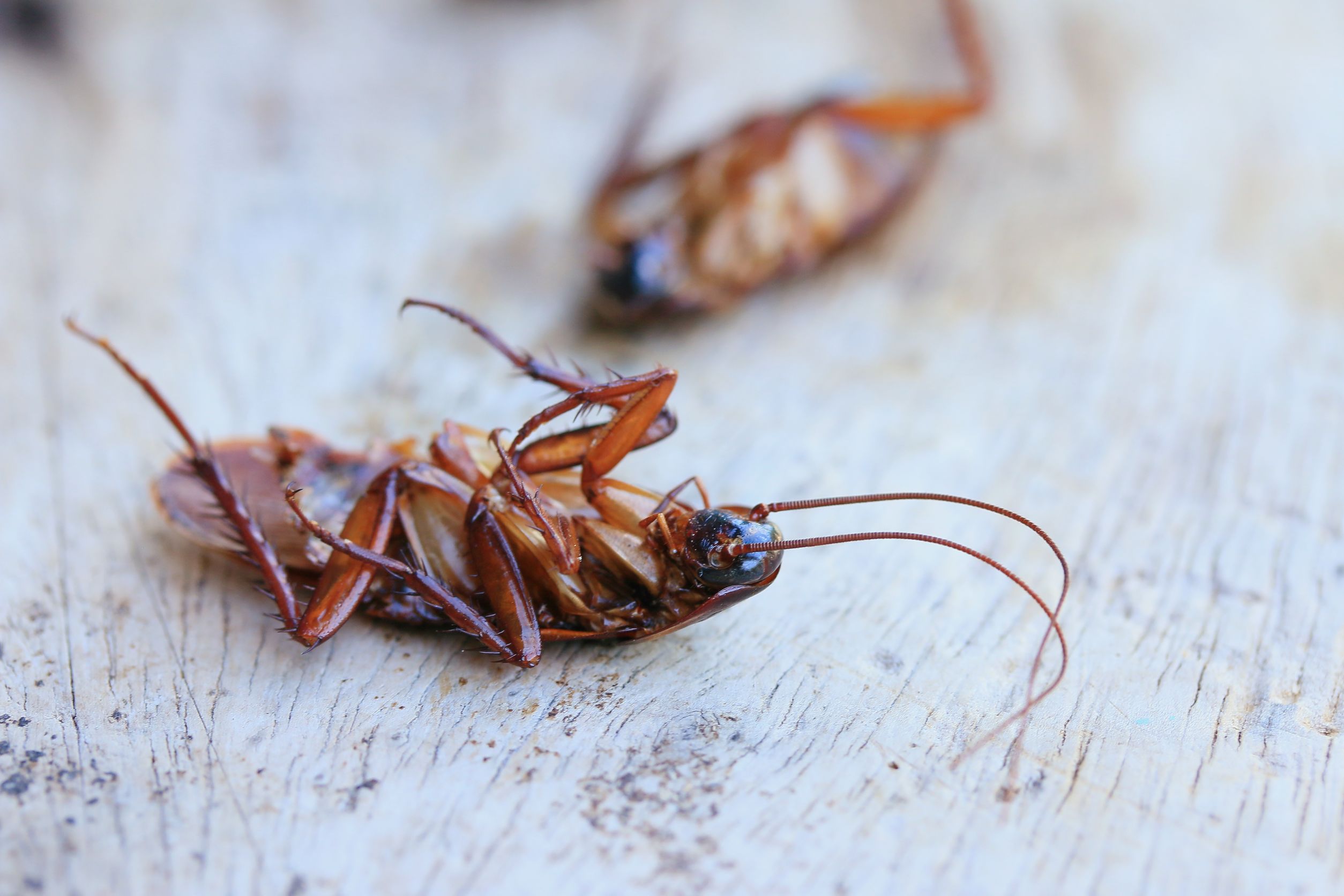Exploring Various Parasite Control Methods to Attain Long-Term Success in Handling and Stopping Invasions in Residential Locations
Efficient bug control in domestic locations requires a multifaceted method that balances prompt results with lasting sustainability. What might these developments involve, and exactly how can they change our understanding of parasite control?
Understanding Bug Control Methods
Although bugs have actually existed together with human beings for centuries, the methods used to regulate them have actually progressed considerably over time. Recognizing these methods is crucial for effectively taking care of and stopping invasions in domestic locations. Pest control methods can be broadly classified into three primary approaches: social, mechanical, and chemical.
Social techniques concentrate on modifying the setting to lower bug attraction and reproduction. This includes proper cleanliness, plant rotation, and environment alteration, which can substantially decrease pest populaces. Mechanical control involves physical barriers and catches to manage parasites directly, such as screens, vacuum cleaners, and sticky catches. This approach is typically preferred for its non-toxic nature and prompt outcomes.
Chemical control stays among the most extensively used techniques, involving the application of pesticides to eliminate bugs. While efficient, this technique requires cautious factor to consider of security, prospective resistance growth, and environmental effect. Integrated Pest Management (IPM) integrates these methods to produce an all natural technique, promoting long-lasting parasite prevention and minimal harm to useful organisms. By recognizing these different pest control approaches, house owners can make informed decisions that advertise effective management and conservation of their space.
Eco-Friendly Parasite Control Solutions
Exactly how can homeowners properly manage insect problems while lessening their environmental influence? Green parasite control solutions offer a lasting choice to typical approaches, focusing on the health and wellness of both citizens and the bordering ecosystem. These solutions commonly use all-natural components and techniques that interfere with bug habits without presenting hazardous chemicals into the atmosphere.
One efficient approach is the use of helpful insects, such as ladybugs and lacewings, which victimize common bugs like aphids and termites. Additionally, diatomaceous planet, an all-natural powder made from fossilized algae, can be sprinkled in locations where bugs are prevalent, acting as a desiccant that hurts bugs while staying safe for humans and family pets.
Moreover, implementing preventative steps is crucial. roach control near me. Homeowners can make certain proper sanitation by sealing access points, maintaining tidy space, and taking care of waste efficiently. Planting pest-repellent natural herbs, such as mint and basil, can additionally prevent undesirable site visitors
Eventually, green parasite control services equip homeowners to resolve problems properly, fostering a more secure living environment while advertising environmental equilibrium. By embracing these approaches, people can add to a healthier earth while efficiently managing pest-related problems.
Chemical Bug Control Options
While environmentally friendly solutions are progressively preferred, there are circumstances where chemical parasite control choices might be required for efficient management of severe problems. Chemical controls, consisting of pesticides, fungicides, and herbicides, are often utilized to rapidly lower parasite populaces and mitigate damage to homes and gardens.
These items can be classified into two major categories: artificial chemicals and all-natural chemicals. Artificial chemicals, such as pyrethroids and neonicotinoids, are crafted to target certain insects, offering quick knockdown impacts. Alternatively, all-natural pesticides, derived from plant or mineral sources, may use an extra environmentally pleasant choice while still supplying reliable results.
Prior to using chemical pest control, it is vital to perform a thorough evaluation of the invasion and recognize the certain bug entailed. This ensures click here for info that the selected chemical is both reliable and appropriate. Furthermore, house owners have to stick to safety guidelines, consisting of proper application methods and individual safety devices, to lessen health and wellness risks and environmental influence.
Integrated Bug Management Approaches

Biological control involves the usage of natural killers or parasites to manage parasite populations. Physical controls, like catches or barriers, can stop bugs from entering homes or destructive crops.
Tracking and analysis are crucial elements of IPM, permitting timely treatments based on pest populace thresholds. By focusing on safety nets and making use of a combination of tactics, IPM not only addresses present invasions but also cultivates lasting pest monitoring services that secure both human wellness and the atmosphere. This thorough strategy is essential for lasting parasite control in houses.
Arising Technologies in Pest Control
The introduction of arising modern technologies in pest control is transforming the way we take care of pest populaces, supplying ingenious services that enhance effectiveness and performance. Developments in precision agriculture, for circumstances, use data analytics and website link sensor technologies to check insect activity and ecological conditions, allowing for targeted treatments that decrease chemical use.
Additionally, drones equipped with imaging modern technology are being utilized to survey large locations for invasions, providing real-time information that aids in prompt decision-making. Moreover, biotechnology is playing an essential role, with the advancement of genetically customized organisms (GMOs) designed to decrease pest populaces while maintaining useful varieties.

Lastly, clever traps and keeping an eye on gadgets geared up with IoT capabilities enable home owners and insect control professionals to get immediate notifies about parasite activity, facilitating prompt activity. Collectively, these emerging modern technologies not just improve parasite monitoring results however also contribute to environmental sustainability by lowering reliance on standard chemical therapies.

Final Thought
Finally, effective insect control requires a diverse method that incorporates social, mechanical, and chemical methods. Highlighting green solutions and Integrated Parasite Administration can bring about sustainable practices that not just minimize problems however also enhance the eco-friendly balance within houses. By welcoming cutting-edge innovations and embracing preventative measures, homeowners can cultivate much healthier settings while reducing dependence on dangerous chemicals. The assimilation of these approaches is critical for achieving lasting success in bug administration.